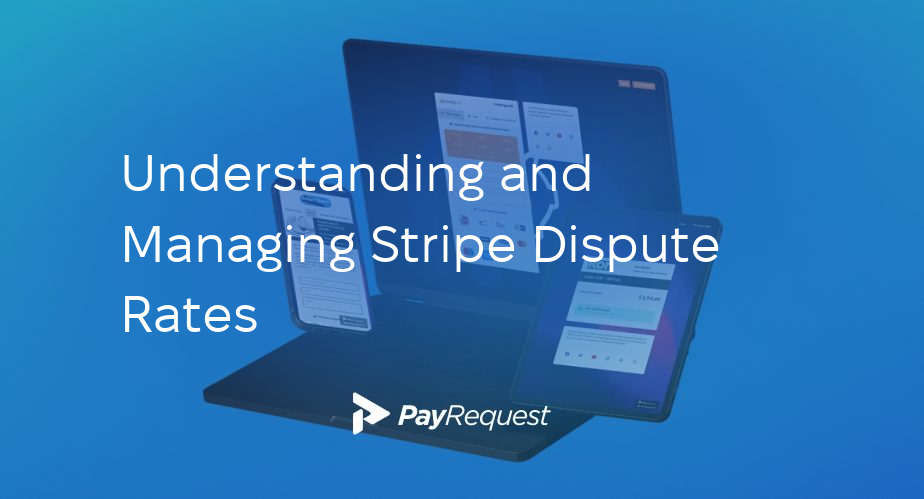Introduction to Stripe Disputes
Stripe, a popular online payment processing platform, handles numerous transactions daily, making disputes an inevitable part of online business operations. A dispute occurs when a customer challenges a charge from your business on their credit or debit card statement. This can happen for various reasons, such as unauthorized use of the card, dissatisfaction with a product or service, or a misunderstanding of the charge.
Factors Influencing Dispute Rates
Dispute rates can vary based on several factors:
- The nature of your business and the type of products or services you offer can influence the likelihood of disputes. For example, digital goods or services might see higher dispute rates due to the intangible nature of the products.
- Your customer service practices, including handling refunds and returns, can impact dispute rates. Clear communication and responsive customer service can often prevent disputes.
- Clarifying billing descriptors (how your charge appears on a customer’s statement) minimizes confusion and subsequent disputes.
The Impact of High Dispute Rates
High dispute rates can have severe implications for your business. Stripe and other payment processors monitor dispute rates closely, as excessive disputes can signal potential issues with a merchant’s practices or product quality. A high dispute rate can lead to increased processing fees, holds on funds, or even termination of your Stripe account. Moreover, it can harm your business’s reputation, losing customer trust and potentially impacting future sales.
Strategies for Reducing Dispute Rates
To reduce dispute rates, PayRequest suggests several strategies:
- Ensure your billing descriptors are clear and recognizable to your customers. This can significantly reduce confusion about charges.
- Offer excellent customer service, including easy-to-understand return and refund policies. This approach can resolve many issues before they escalate into disputes.
- Use Stripe’s tools and analytics to monitor and analyze your transactions for patterns that may indicate potential conflicts.
- Consider implementing additional verification measures, like 3D Secure, to reduce fraudulent transactions, a common cause of disputes.
Understanding and managing your Stripe dispute rate is crucial for maintaining a healthy relationship with your payment processor and ensuring the longevity and trustworthiness of your online business. PayRequest, focusing on providing seamless payment solutions, emphasizes the importance of proactive dispute management. By following these guidelines and leveraging the tools available through platforms like PayRequest, you can effectively manage and reduce your dispute rates, leading to a more stable and successful online business.
